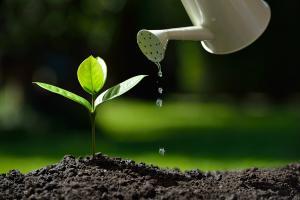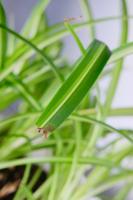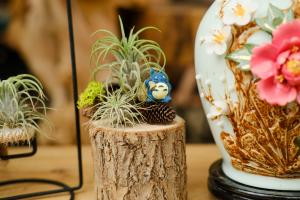Why Is My Aloe Plant Turning Red?
Possible Reasons for Aloe Turning Red
If you have an aloe plant and noticed that its leaves are turning red, there are a few reasons why this may be happening. One reason may be due to sunburn or heat stress. Aloe plants are native to arid climates and prefer bright, indirect sunlight. If your aloe plant is placed in direct sunlight or exposed to high temperatures, it may develop red or brown spots on its leaves.
Another reason for aloe plant turning red could be due to nutrient deficiencies. Aloe plants require specific minerals and nutrients to thrive, and if they are not getting enough, it may lead to changes in the color of their leaves. Additionally, overwatering or poor drainage can also cause root rot, which can lead to discoloration of the leaves.
Lastly, some aloe plants are genetically predisposed to turn red or shades of red as they mature, so this may be a natural occurrence rather than a cause for concern. However, it is important to rule out any potential issues with your plant's environment or care regimen before assuming that it is a genetic trait.
Preventing Aloe Plant from Turning Red
To prevent your aloe plant from turning red, it is important to ensure that it is receiving the proper amount of sunlight and is not exposed to high temperatures. Placing it in a spot that receives bright, indirect sunlight for several hours a day and keeping it away from windows or heat sources can help prevent sunburn and heat stress.
You should also make sure that your aloe plant is getting the nutrients it needs by fertilizing it with a balanced fertilizer once a month during the growing season (spring and summer). Additionally, make sure that your plant is not overwatered and has good drainage to prevent root rot.
Treating Aloe Plant Turning Red
If you notice that your aloe plant has already turned red, there are a few steps you can take to help it recover. First, move the plant to a shadier area or provide shade for it to prevent further sunburn or heat stress. You can also remove any damaged leaves or dead plant material to encourage new growth.
It is also important to make sure that your plant is not overwatered and has good drainage. If your plant shows signs of root rot, repot it in fresh soil and consider adjusting your watering schedule to prevent further damage.
Lastly, if your aloe plant is genetically predisposed to turn red, there may not be much you can do to prevent it. However, you can still ensure that it is receiving proper care and nutrition to keep it healthy and thriving.
Conclusion
Aloe plants can turn red for a variety of reasons, including sunburn, nutrient deficiencies, overwatering or poor drainage, and genetic predisposition. By providing your plant with proper care and nutrition, you can help prevent and treat red or discolored leaves, and ensure that your aloe plant remains healthy and vibrant for years to come.

 how many times do yo...
how many times do yo... how many planted tre...
how many planted tre... how many pine trees ...
how many pine trees ... how many pecan trees...
how many pecan trees... how many plants comp...
how many plants comp... how many plants can ...
how many plants can ... how many plants and ...
how many plants and ... how many pepper plan...
how many pepper plan...































